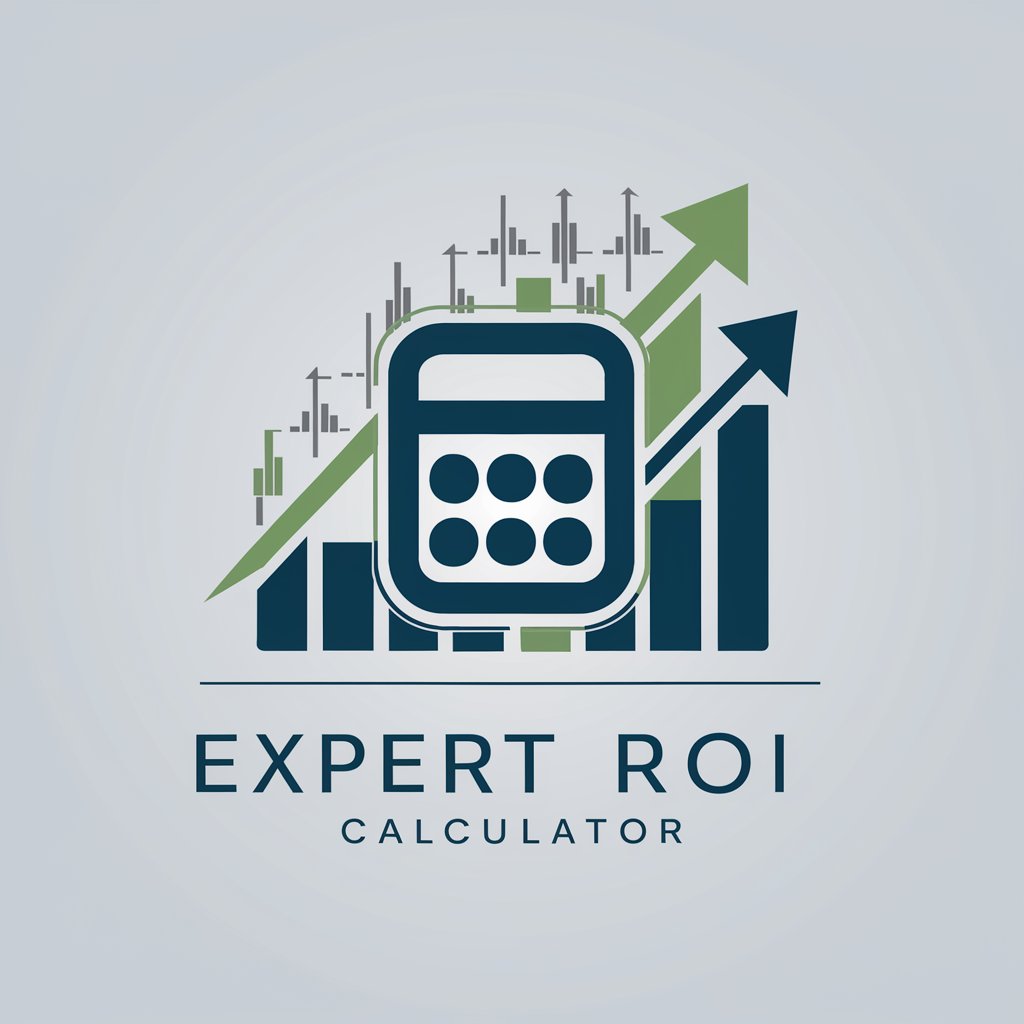
Return on Equity (ROE) - ROE Analysis Tool

Welcome! Let's enhance your return on equity with strategic insights.
Empower financial decisions with AI-driven ROE insights.
What are the key factors affecting our current return on equity?
How can we strategically improve our shareholder value?
Can you calculate the ROE based on the latest financial data?
What insights can you offer to optimize our net income in relation to equity?
Get Embed Code
Understanding Return on Equity (ROE)
Return on Equity (ROE) is a crucial financial ratio that measures the ability of a company to generate profits from its shareholders' equity. Essentially, ROE offers insights into how effectively a company utilizes the investments made by its shareholders to produce earnings. The formula for ROE is Net Income divided by Shareholder's Equity. For instance, if a company has a net income of $100,000 and shareholder's equity of $500,000, its ROE would be 20%. This metric is pivotal for assessing a company's profitability, financial efficiency, and growth potential from an equity perspective. ROE is designed to assist businesses in enhancing their financial strategies by analyzing their net income in relation to their shareholder equity, providing a foundation for decisions aimed at improving shareholder value. Powered by ChatGPT-4o。

Key Functions of Return on Equity (ROE)
Financial Performance Analysis
Example
Comparing the ROE of a company over several fiscal periods to assess trends in financial efficiency and profitability.
Scenario
A corporation might analyze its ROE over five years to determine if its strategies are enhancing shareholder value.
Benchmarking Against Peers
Example
Using ROE to compare a company's profitability to that of its competitors within the same industry.
Scenario
An investment firm could use ROE to identify high-performing companies in the technology sector as potential investment opportunities.
Evaluating Strategic Decisions
Example
Analyzing how specific strategic initiatives, such as acquisitions or capital investments, impact the company's ROE.
Scenario
Before proceeding with a major acquisition, a company evaluates how the acquisition might affect its ROE to ensure it aligns with goals of enhancing shareholder value.
Improving Capital Structure
Example
Determining the optimal mix of debt and equity financing to maximize ROE without incurring excessive risk.
Scenario
A CFO might restructure the company's debt and equity to optimize ROE while maintaining a balanced risk profile.
Who Benefits from ROE Insights
Corporate Executives
Executives use ROE to make informed decisions about strategic investments, acquisitions, and financial policies aimed at maximizing shareholder value.
Investment Analysts
Analysts rely on ROE for evaluating the financial health and performance of potential investment targets, comparing them within sectors to identify the best opportunities.
Financial Managers
Financial managers leverage ROE to optimize the company's capital structure, manage risk, and evaluate the financial impact of operational decisions.
Small Business Owners
Owners of small businesses can use ROE to assess their company's financial performance and make strategic decisions to improve profitability and growth.

Guidelines for Utilizing Return on Equity (ROE)
Start Your Journey
Initiate your exploration of ROE by accessing a platform that offers insightful financial tools without the necessity for a subscription or ChatGPT Plus, such as visiting a specific website for a complimentary trial.
Understand the Basics
Acquaint yourself with the fundamentals of ROE, which measures a company's profitability in generating profits from shareholders' equity. This knowledge is crucial for assessing business performance.
Gather Financial Data
Collect the necessary financial statements of the company in question. This includes the net income and shareholders' equity figures, essential for calculating ROE.
Perform Calculations
Calculate ROE using the formula: ROE = Net Income / Shareholders' Equity. This calculation will give you a percentage that indicates how effectively management is using equity to generate profit.
Apply Insights Strategically
Utilize the ROE value to make informed decisions. High ROE values may indicate a company's efficient use of equity, while low values suggest areas for improvement or caution in investment.
Try other advanced and practical GPTs
Debt Management
Empowering Financial Freedom with AI

IAS Expert Guide
Empowering financial insight with AI

Corporate Loan
Empowering businesses with AI-driven loan solutions

Break-Even Analysis
Find your path to profitability with AI.

Money Mentor
AI-powered financial guidance at your fingertips.

The Ultimate Writing Style Profiler
Decoding Your Writing DNA with AI

Basketball Betting Analyst
AI-powered Precision in Betting Analysis

Caroline Lambert : Experte Musique en Ligne
Elevate Your Music Journey with AI

Random Word Rick
Spark creativity with a single word.

Startup Marketing Mentor
AI-powered B2B SaaS Marketing Mentorship

Qstar
Empowering Intelligence, Enhancing Reasoning

Visual Decision tree
AI-powered decision-making clarity

In-Depth Q&A on Return on Equity (ROE)
What is Return on Equity (ROE) and why is it important?
ROE measures a company's ability to generate profits from its shareholders' equity. It is crucial for investors and managers as it indicates the efficiency of using equity to generate profits, guiding investment decisions.
How can ROE be improved?
Improving ROE can involve increasing net income, optimizing equity usage, or a combination of both. Strategies may include cost reduction, revenue enhancement, efficient capital allocation, or leveraging to optimize equity.
Does a high ROE always indicate a good investment?
While a high ROE often suggests efficient use of equity, it's not the sole indicator of a good investment. Investors should also consider other factors like market conditions, company growth potential, and risk level.
How does debt affect ROE?
Debt can influence ROE by affecting both the numerator (net income) and the denominator (shareholder's equity). Leveraging can boost ROE if the cost of debt is lower than the return on investment, but excessive debt increases financial risk.
Can ROE be too high?
Yes, an excessively high ROE might indicate overreliance on debt or insufficient capital, potentially leading to higher financial risk. It's essential to balance ROE with a healthy capital structure and risk management.





